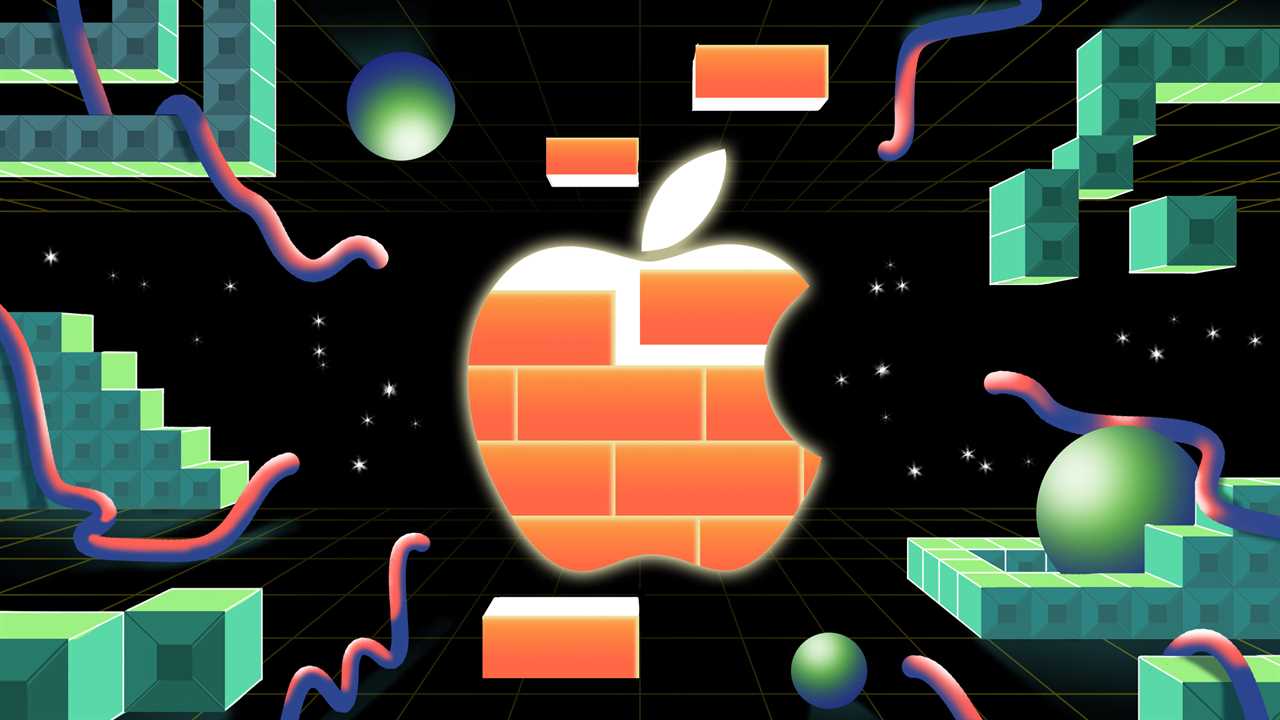
If we had a choice, would any of us want to be tracked online for the sake of seeing more relevant digital ads?
We are about to find out.
On Monday, Apple plans to release iOS 14.5, one of its most anticipated software updates for iPhones and iPads in years. It includes a new privacy tool, called App Tracking Transparency, which could give us more control over how our data is shared.
Here’s how it works: When an app wants to follow our activities to share information with third parties such as advertisers, a window will show up on our Apple device to ask for our permission to do so. If we say no, the app must stop monitoring and sharing our data.
A pop-up window may sound like a minor design tweak, but it has thrown the online advertising industry into upheaval. Most notably, Facebook has gone on the warpath. Last year, the social network created a website and took out full-page ads in newspapers denouncing Apple’s privacy feature as harmful to small businesses.
A big motivator, of course, was that the privacy setting could hurt Facebook’s own business. If we choose not to let Facebook track us, it will be harder for the company to see what we are shopping for or doing inside other apps, which will make it more difficult for brands to target us with ads.(Mark Zuckerberg, Facebook’s chief executive, has disputed that his company’s business will be hurt by Apple’s policy.)
“This is a huge step in the right direction, if only because it’s making Facebook sweat,” said Gennie Gebhart, a director at the Electronic Frontier Foundation, a digital rights nonprofit.
But, she added, “One big question is, will it work?”
Ms. Gebhart and other privacy experts said Apple’s new feature might not be enough to put an end to shady tracking on iPhones. It could simply push developers and ad-technology firms to find loopholes so they can continue tracking people in different ways, she and others said.
For about two months, I have been testing early versions of iOS 14.5 to get acclimated with the new privacy control and other new features. Only a few developers have been testing the pop-up window with the public, so my findings about how well the privacy feature works have been limited.
But I found that iOS 14.5 also has other important new features. One is the ability to use Siri to work with a music player other than Apple Music, such as Spotify. That’s a big deal: In the past, you could only ask Siri to play songs through Apple Music, so the voice assistant wasn’t as useful for those who preferred other music services.
Here’s what you need to know about Apple’s new software.
Don’t Track Me (Please)
It’s important to understand how tracking works inside apps.
Let’s say you use a shopping app to browse for a blender. You look at a blender from Brand X, then close the app. Later, ads for that blender start showing up in other mobile apps, like Facebook and Instagram.
Here’s what happened: The shopping app hired an ad-tech company that embedded trackers inside the app. Those trackers looked at information on your device to pinpoint you. When you opened other apps working with the same ad-tech firm, those apps were able to identify you and serve you ads for Brand X’s blender.
Apple’s new privacy feature is intended to let you decide whether you want that to happen. Now, when you open some apps, you will be greeted with a pop-up window: “Allow [App Name] to track your activity across other companies’ apps and websites?” You can choose “Ask App Not to Track” or “Allow.”






